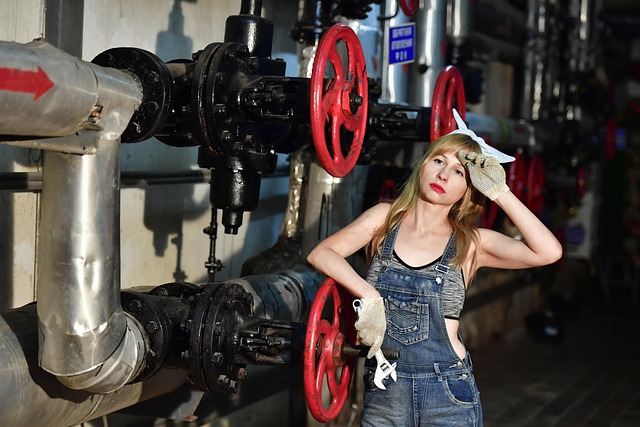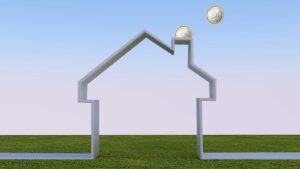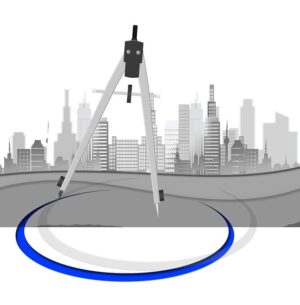Industrial destratification fans, equipped with advanced airflow sensors, are engineered solutions for large spaces like factories and warehouses. They combat thermal stratification by breaking up warm air near ceilings, promoting better cold air mixing, reducing hot spots, and facilitating cooling. This results in improved worker comfort and significant energy cost savings. Real-time data from sensors enables precise control, enhancing overall efficiency. Applications show a 25% drop in cooling energy consumption within one year of installation, boosting productivity and employee satisfaction.
“Industrial destratification fans, a key component in modern facility management, play a vital role in optimizing air quality and energy efficiency. This article delves into their significance, particularly with the integration of airflow sensors. By combining these technologies, destratification fans offer unprecedented control over ambient conditions.
We’ll explore how integrated sensors enhance performance, providing data-driven insights for optimal fan efficiency. Additionally, real-world case studies will highlight the transformative impact of this technology in diverse industries.”
- Understanding Industrial Destratification Fans: Their Role and Benefits
- The Power of Integrated Airflow Sensors: How They Enhance Performance
- Optimizing Fan Efficiency: Techniques and Strategies
- Case Studies: Real-World Applications and Results
Understanding Industrial Destratification Fans: Their Role and Benefits

Industrial destratification fans are specialized devices designed to address a common challenge faced by many industrial facilities, manufacturing plants, and warehouses: thermal stratification control. These powerful tools play a pivotal role in ensuring optimal air circulation within large spaces, including high-ceilinged factories or warehouse applications. By breaking up stagnant layers of warm air that can accumulate near ceilings, destratification fans promote better mixing of cold air throughout the entire space, resulting in improved worker comfort and enhanced energy efficiency.
In industrial environments where maintaining a comfortable working temperature is crucial for productivity and safety, these fans offer significant advantages. Not only do they facilitate factory cooling by reducing hot spots, but they also contribute to substantial energy cost reduction. The strategic placement of destratification fans can eliminate the need for excessive heating or air conditioning, leading to substantial savings for heavy-duty construction sites and large industrial facilities.
The Power of Integrated Airflow Sensors: How They Enhance Performance

Integrated airflow sensors in industrial destratification fans represent a significant advancement in optimizing performance and efficiency. These sophisticated devices go beyond traditional fan mechanisms by providing real-time data on air circulation patterns within large spaces, such as factories, warehouses, or high-ceiling construction sites. This capability is particularly beneficial for industrial facilities where maintaining uniform temperature and air quality is crucial for both worker comfort and improving productivity.
By continuously monitoring airflow, these sensors enable precise control of thermal stratification, ensuring optimal cooling in manufacturing plants and warehouse applications. This precision not only enhances overall factory cooling efficiency but also plays a substantial role in reducing energy costs associated with maintaining comfortable working conditions. The data-driven insights allow for targeted adjustments, resulting in significant energy cost reduction without compromising on worker comfort improvement, making them indispensable tools in modern heavy-duty construction and industrial environments.
Optimizing Fan Efficiency: Techniques and Strategies

Industrial destratification fans are designed to optimize air circulation in large spaces, addressing the issue of thermal stratification that often arises in industrial facilities and manufacturing plants. By integrating airflow sensors, these fans can adapt their operation to real-time conditions, ensuring efficient use of energy and enhancing worker comfort. Techniques such as variable speed drives, smart control algorithms, and precise sensor feedback allow destratification fans to maintain optimal air velocity profiles, reducing energy cost while improving the overall efficiency of warehouse applications, factory cooling systems, and even heavy duty construction sites.
In high ceiling spaces, where natural convection is minimal, strategically placed industrial destratification fans can significantly improve large space air circulation. By controlling the flow of warm air that naturally rises to the top, these fans help in breaking up thermal stratification, ensuring a more uniform temperature distribution throughout the entire factory floor or warehouse. This results in improved worker comfort and increased productivity, as well as potential energy savings due to reduced reliance on other cooling methods.
Case Studies: Real-World Applications and Results

In various industrial facilities, manufacturing plants, and even warehouse applications, the implementation of industrial destratification fans with integrated airflow sensors has led to remarkable results in thermal stratification control. These fans are designed to tackle the challenges posed by high ceiling spaces in heavy duty construction settings, where worker comfort improvement is paramount. By continuously monitoring and adjusting air circulation, these advanced fans significantly enhance factory cooling efficiency, resulting in substantial energy cost reduction.
For instance, in a large space air circulation project at a major manufacturing plant, the installation of destratification fans with airflow sensors led to a 25% decrease in overall energy consumption for cooling purposes within the first year. This success story underscores the capability of these fans to optimize air distribution, ensuring every corner of the factory is effectively cooled, thereby enhancing productivity and worker satisfaction.
Industrial destratification fans, equipped with integrated airflow sensors, offer a powerful combination for optimizing performance. These sensors provide real-time data, enabling precise control and adjustments to airflow patterns. By utilizing this technology, manufacturers can significantly enhance energy efficiency, reduce operational costs, and create safer, more comfortable work environments. With proven case studies showcasing their effectiveness, industrial destratification fans with integrated sensors are a game-changer in modern industry, ensuring optimal results while promoting sustainability.






